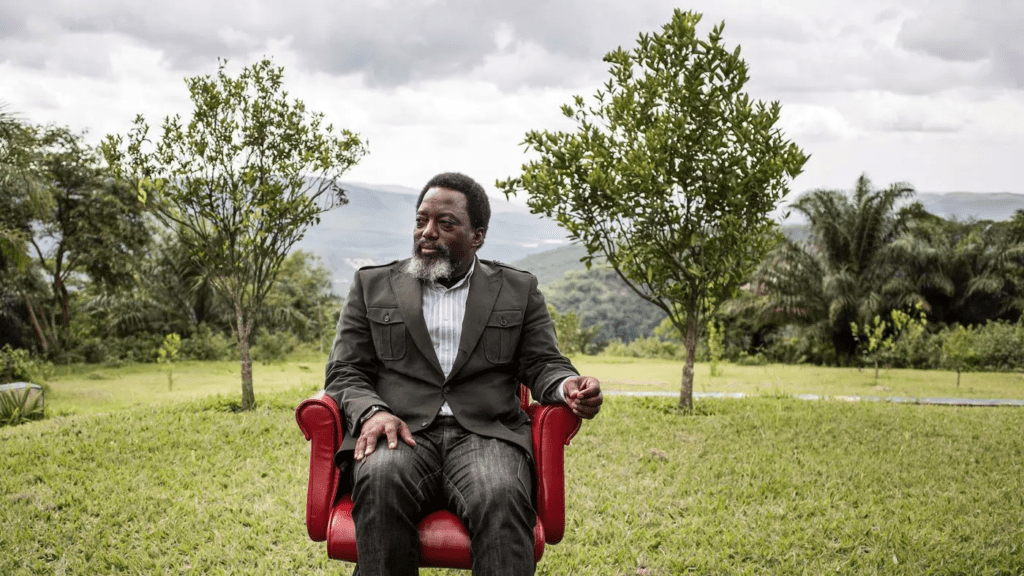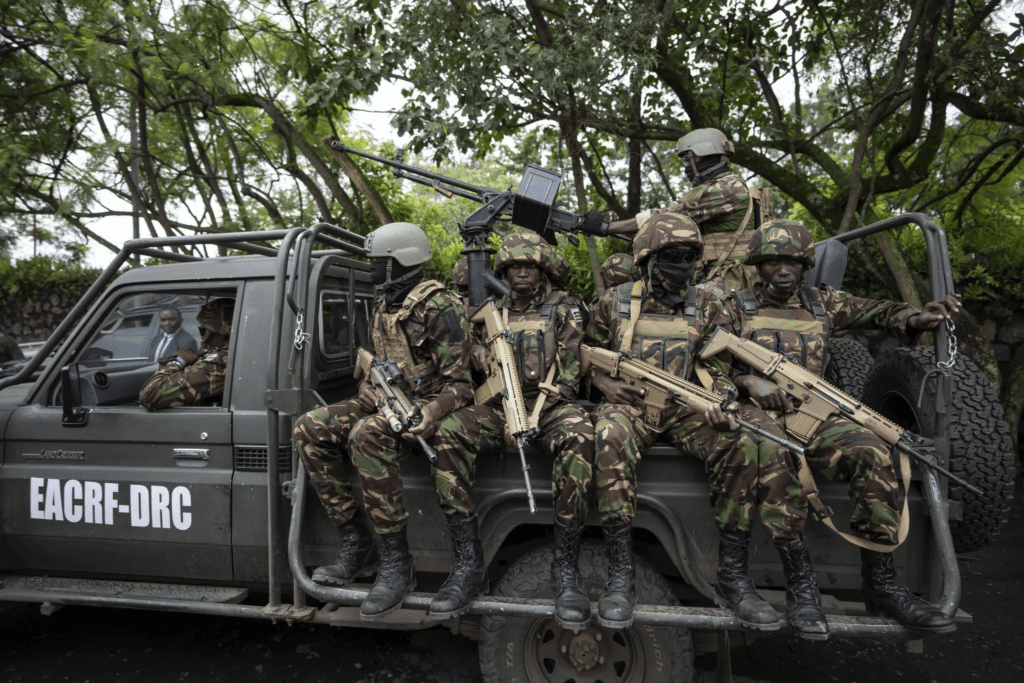The conflict in the eastern Democratic Republic of the Congo (DRC) remains one of Africa’s most complex and longest-running disputes, fueled by ethnic tensions, foreign interventions, and struggles over natural resources.
Kenya has played a key role in diplomatic mediation and military interventions, though its involvement has shifted over time.
A Brief History of the DRC Conflict
Belgian Colonial Rule (1885–1960)
Under Belgian rule, the DRC (then Belgian Congo) was subjected to severe exploitation with little preparation for independence.
Independence and Political Instability (1960–1965)
The country gained independence in 1960, but soon plunged into political chaos. A secessionist movement in Katanga and a coup by Mobutu Sese Seko in 1965 led to a dictatorship that lasted until 1997.
Rwandan Genocide and Its Aftermath (1994–1996)
Following the 1994 Rwandan genocide, over 2 million Rwandan Hutus, including genocidaires, fled into eastern DRC, destabilizing the region. Rwanda and Uganda backed a rebel group led by Laurent-Désiré Kabila, who overthrew Mobutu in 1997 and renamed the country the Democratic Republic of the Congo.
However, after Kabila distanced himself from his former Rwandan and Ugandan allies, they supported new rebel groups against him, sparking a large-scale conflict that involved nine African countries and dozens of militias. This war became known as “Africa’s World War”.
In 2001, Kabila was assassinated, and his son, Joseph Kabila, took over, leading to peace talks. A peace deal was signed in 2003, but violence continued in eastern DRC, driven by armed groups and foreign interventions.

The Rise of Armed Groups in Eastern DRC
CNDP Rebellion (2006–2009)
Laurent Nkunda’s National Congress for the Defense of the People (CNDP), backed by Rwanda, fought against the Congolese government. Nkunda was later arrested, and CNDP fighters were integrated into the Congolese army.
M23 Rebellion (2012–2013, 2021–Present)
Former CNDP fighters, unhappy with their integration, formed the M23 rebel group, which captured Goma in 2012 before being pushed back. The group resurged in 2021 and continues to fight against the government today.
Allied Democratic Forces (ADF)
The ADF, a Ugandan Islamist rebel group, has been responsible for massacres and attacks in eastern DRC, further complicating the security situation.
Kenya’s Role in the DRC Conflict
Kenya has played a significant role in peace negotiations and military interventions through the East African Community (EAC).
The Nairobi Peace Process (2022–2023)
Under former President Uhuru Kenyatta, Kenya led diplomatic efforts to broker peace between the DRC government and armed groups, including M23. Despite several rounds of talks in Nairobi, violence persisted.

Unlike Rwanda and Uganda, which have been accused of supporting rebel groups, Kenya positioned itself as a neutral peace broker. Uhuru Kenyatta was later appointed the EAC’s peace envoy for the DRC, continuing diplomatic efforts to stabilize the region.

East African Community Regional Force (EACRF) (2022–2023)
To address the renewed M23 offensive, the EAC deployed a regional military force, with Kenya playing a leading role.
- Kenyan Defence Forces (KDF) were deployed in November 2022 to Goma and other strategic areas.
- Their mission was to oversee M23’s withdrawal and restore peace.
- However, the force faced challenges, including accusations of ineffectiveness in stopping the rebels.
Withdrawal of Kenyan Troops (2023–2024)
By late 2023, the DRC government declined to renew the EACRF’s mandate, citing disappointment with its impact.
- Kenya and other EAC nations gradually withdrew their troops.
- The DRC turned to the Southern African Development Community (SADC) for military support instead.
Attack on Kenyan Embassy in DRC
On January 28, 2025, violent anti-Rwanda protests erupted in Kinshasa, targeting multiple embassies, including those of Kenya, France, Belgium, the Netherlands, the United States, Rwanda, Uganda, and the United Nations.
- The protests were fueled by M23’s capture of Goma, a major city in eastern DRC.
- Protesters accused Rwanda of supporting the rebels and attacked embassies seen as complicit.
- Kenya, despite its neutral stance, was caught in the crossfire of the demonstrations.
Kenya’s involvement in the DRC conflict has shifted from military intervention to diplomacy. The withdrawal of KDF troops and renewed fighting in eastern DRC highlight the ongoing challenges in resolving Africa’s longest-running conflict.
As tensions rise, the focus now shifts to new regional alliances and international efforts to bring lasting peace to the war-torn region.







